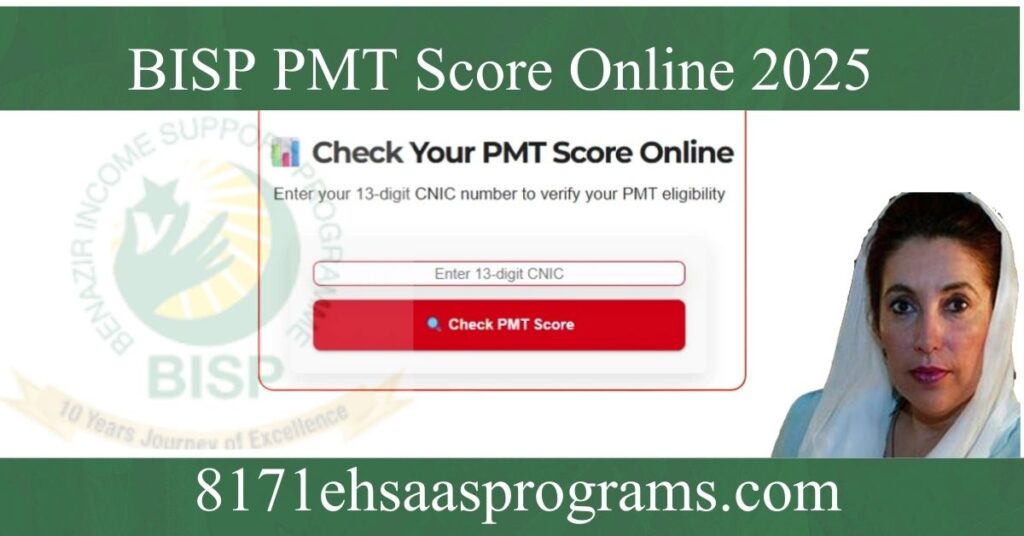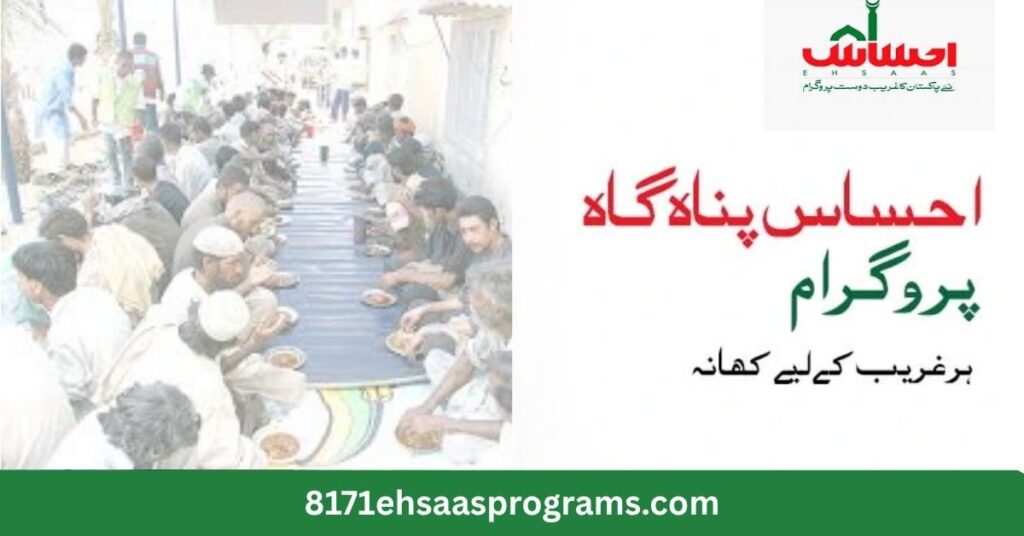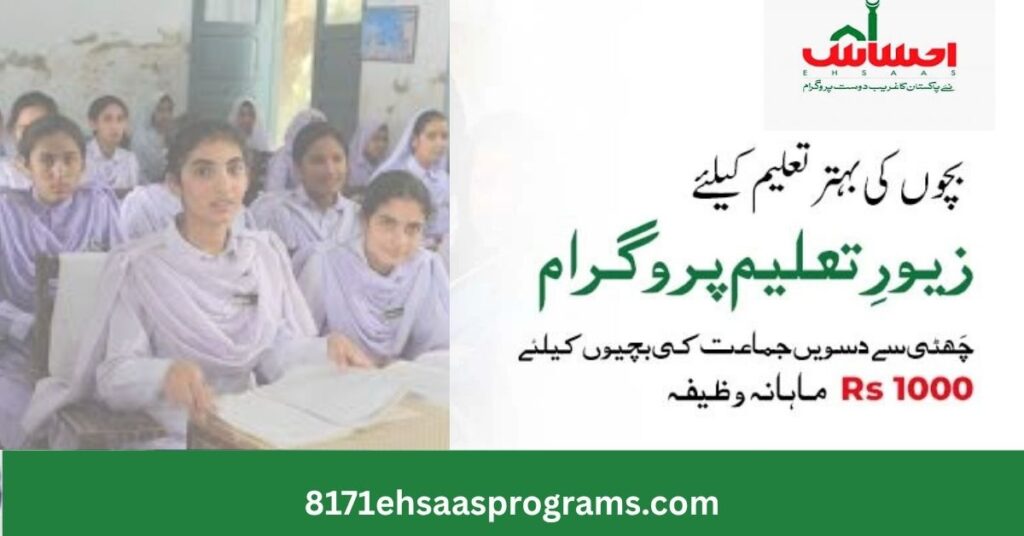The Benazir Income Support Programme (BISP) is Pakistan’s largest social welfare scheme, helping millions of families with cash support for food, education, rent, and healthcare. In 2025, one factor decides who qualifies for these payments: the poverty score. This number determines whether a household is considered poor enough to receive assistance or not.
What Is the BISP Poverty Score?
The BISP poverty score is a number between 0 and 100 that reflects a family’s living conditions and financial situation. It is calculated using the Proxy Means Test (PMT) under the National Socio-Economic Registry (NSER).
Instead of checking monthly salaries (which is difficult in rural or informal jobs), BISP asks about lifestyle, assets, housing, and family size. The answers are converted into a score.
How the Poverty Score Is Calculated
Every household is asked simple lifestyle-based questions. Each response increases or decreases the poverty score.
Common factors include:
| Factor | Impact on Score |
|---|---|
| More dependents | Lowers score |
| Owning agricultural land | Increases score |
| Living in katcha house | Lowers score |
| Owning appliances or vehicles | Increases score |
| Higher education in family | Increases score |
👉 Poorer conditions mean lower score, while more assets raise the score.
Poverty Score Cutoff for 2025
To decide eligibility, BISP sets a cutoff score. Families scoring below the cutoff qualify for assistance, while others may be excluded.
- Below 16.17 → Automatically eligible
- Up to 32 → Eligible under special programs
- Up to 40 → Considered if facing inflation, disability, or other hardships
This flexible policy ensures that widows, orphans, and disabled persons are not left out even if their scores are slightly higher.
Why the Poverty Score Decides BISP Payments
The poverty score is directly linked to payment approvals:
- Score below cutoff → Approved, payments continue
- Score above cutoff → Declined, no payments
- Score change after recheck → Payments may start or stop
For millions of families, this number isn’t just data—it’s the key to survival.
How to Check Your Poverty Score in 2025
Checking eligibility is simple and free:
- Send your CNIC number to 8171 via SMS.
- Receive an instant reply with your eligibility status.
- If ineligible, visit the nearest BISP or NSER center to update your record.
The Role of NSER in Eligibility
The National Socio-Economic Registry (NSER) stores all household data used for scoring. If your record is outdated, your eligibility may be affected.
Examples of outdated data include:
- New child not added to family record
- Death of a family member not updated
- Change of address not recorded
- Expired CNIC not renewed
👉 Keeping your NSER record updated is the best way to protect your eligibility.
Real-Life Examples of Poverty Score Impact
- Shazia’s Case: A widow with three children, living in a katcha house, scored 12. She qualified and now uses her BISP payments for food and school fees.
- Imran’s Case: A wage worker in Karachi scored 27 due to owning a motorbike and semi-pucca house. Initially ineligible, he was later included when the cutoff was raised to 32.
These cases show how the poverty score directly changes lives.
Tips to Stay Eligible for BISP Payments
✅ Update your NSER records regularly (children, deaths, relocations).
✅ Keep your CNIC valid to avoid blocked payments.
✅ Check your status via 8171 SMS.
✅ Keep supporting documents (B-Forms, family certificates) ready.
✅ Avoid fraud—registration at official centers is always free.
Why the Poverty Score System Is Effective
Though strict, the poverty score system is one of the fairest ways to distribute aid. Without it, funds could be misused due to favoritism or corruption.
BISP’s data-driven system ensures:
- Only the poorest households qualify
- Fraud and duplication are reduced
- Aid reaches families in every province
- Support expands during crises like inflation or floods
Independent studies confirm that this method has reduced extreme poverty across many districts of Pakistan.
Final Thoughts: Poverty Score as a Lifeline
The BISP Poverty Score 2025 is the backbone of Pakistan’s welfare system. It decides who receives financial help and who has to wait. For millions of struggling families, this score isn’t just a number—it’s the way to survive, feel proud, and have hope.



